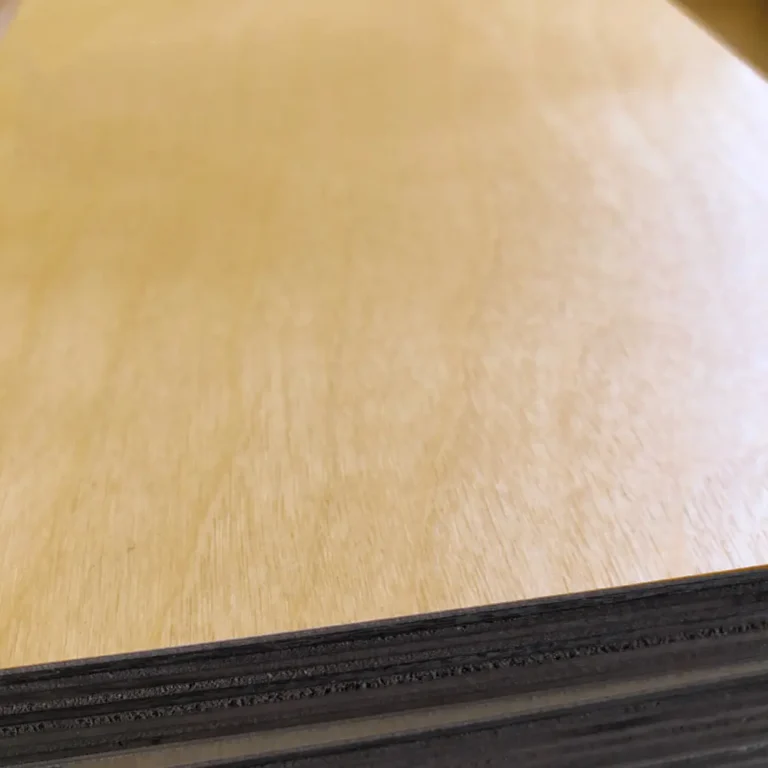1. How Furniture Plywood is Made
The manufacturing process of plywood contributes to its resilience and versatility, making it one of the best materials for furniture construction.

2. The Plywood Manufacturing Process
Plywood is made by peeling logs into thin sheets of veneer. These sheets are dried and then glued together in alternating layers. By arranging the grains of each layer perpendicular to the one below it, plywood achieves its characteristic strength and dimensional stability. The layers are pressed under heat and pressure to form a single, rigid panel.
3. Layers and Veneers: What Makes Plywood Strong?
Plywood’s strength comes from its multi-layered construction, typically consisting of an odd number of layers to maintain balance and prevent warping. The use of alternating grain patterns between layers also helps to counteract the natural tendency of wood to expand or shrink.

4. Advantages of Using Plywood in Furniture
Durability and Strength
Thanks to its cross-grain structure, plywood is far stronger and more resistant to splitting than solid wood. This makes it ideal for furniture that needs to support significant weight or endure constant use, such as chairs, tables, and shelving units.
Versatility in Design
Plywood is highly versatile, allowing it to be shaped, cut, and veneered in a variety of ways. Whether you’re crafting minimalist modern furniture or intricate traditional designs, plywood adapts well to different styles.
Cost-Effectiveness
Compared to solid wood, plywood is a cost-effective alternative. It provides a strong, reliable material at a fraction of the cost, making it accessible for both custom and mass-produced furniture designs.
Environmental Sustainability
Many manufacturers source plywood from sustainable forests, making it a more environmentally friendly option than some solid wood types. Additionally, because plywood uses thin veneers of wood, it maximizes the use of timber resources.

5. Common Uses of Plywood in Furniture
Cabinets and Shelves
Plywood is widely used in cabinets and shelving units due to its strength and ability to support heavy loads without warping. Its smooth surface also makes it ideal for finishes like laminates and paints.
Tables and Chairs
From dining tables to office chairs, plywood can be shaped into ergonomic and aesthetically pleasing designs. Its flexibility makes it a popular choice for bentwood furniture styles, where pieces are shaped by bending the wood into curves.
Bed Frames and Other Bedroom Furniture
In bedroom furniture, plywood is often used for bed frames, headboards, and dressers. Its durability ensures that these pieces can withstand years of use without significant wear or damage.

